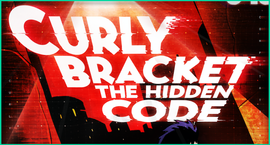
Throughout the graphic novel, Curly Bracket is divided into two parts: (1) The story; (2) The problems. You can read through the story without ever having to solve the problems; however, there are asterisks throughout the story indicating when you can jump to the back of the book and see how Curly solved a problem. Sometimes these asterisks (and mention at the bottom of the page) can be a little easy to miss, and I wish there was a slightly more prominent queue for students.
When you’re looking at these various problems, they are broken down into steps to help students become familiar with different computational thinking strategies. Typically the first step will be to decompose the problem, and after that students will be asked to create a model, or design an algorithm, to begin devising a solution.
One of the solutions was actually written upside down and in smaller text, which I think was beneficial. For all the rest, the book will walk students through the problem-solving steps and lead them to a solution. While I do think the problems are great, I really wish there would be a page break where the book would ask the students to come up with what they were thinking before the solution was revealed.
I think the inclusion of a workbook, where students could jot down ideas, and solve problems on their own could be beneficial as well. In other words, while I think the problems are excellent, and they hit on a variety of important problem-solving and computational thinking skillsets, the structure of the book could be improved upon to allow students more space to think through and solve these problems on their own.
On the story side, the graphic novel is engaging and a lot of fun. The storyline follows Curly as she tries to uncover her mysterious past, and break out of the Corporatus system.
Plus, given the stereotypes that typically abound about people in the computer sciences (i.e., white male), and the lack of women and people of color in CS, it’s great to see a female lead character (and potentially a person of color as well, although race isn’t explicitly mentioned).
Back to the puzzles, there are nine total that students can solve. The book suggests that they can either solve them as they’re working through the story, or tackle them afterwards. Sometimes the storyline gives quite a few hints about how the puzzles should be solved, so if your kids/students are working through them, you might want to be on the lookout.
Overall, the steps outlined in the solutions are easy to follow and can help students understand how to break down problems, think about them abstractly, and begin to develop computational thinking skills. That being said, some of the vocabulary might be a little advanced for younger students.
I found this particularly true in the introduction, which was maybe the most frustrating part for me. I viewed the introduction as the place to get young students excited, not only about this book, but about the possibilities that computer science can offer. Instead, it was by and large full of terminology and a narrative that would be way over the head of most students at this age. I hope for future volumes they work on improving this, because I really do think these books can be a great resource, but I’m not sold on that based on the introduction.
My only other concern is that there were a decent number of typos and grammatical errors throughout the text. Originally the book was written in Swedish and then translated into English through funds raised from Kickstarter, and I wish a little more time had been spent on the translation process.
Overall though, I was incredibly impressed with the book. The storyline is engaging, the artwork is fantastic, it’s incredibly creative, and it does an excellent job of trying to get students excited about computational thinking and computer science. While I’m not certain that it would help every kid getting excited about programming, I do think that it could definitely reach students that other resources (like the Hour of Code) might not be able to. I’m also really happy they cast a female as the lead character and that there’s a great deal of diversity represented throughout the story.
In short, while it’s not perfect, I do believe it’s an excellent resource and I’m looking forward to volume two.
I should also mention that If you’re looking for more information before making a decision, I’d recommend checking out the review from Tech Age Kids as they’ve done a really nice job taking a look at what the book has to offer.
You can find out more information, and download a sample chapter, here on the Curly Bracket home page.

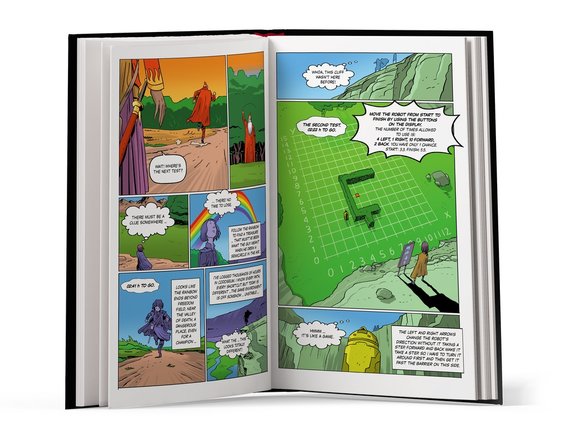
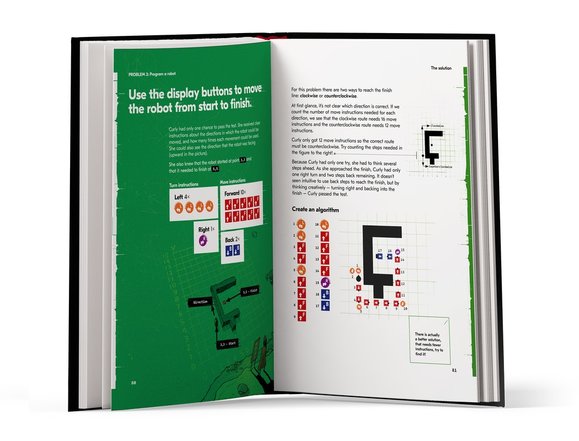

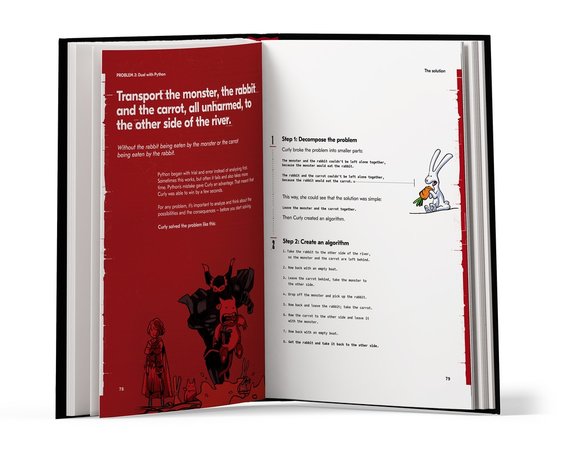

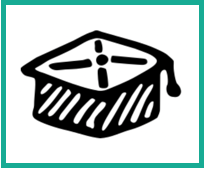
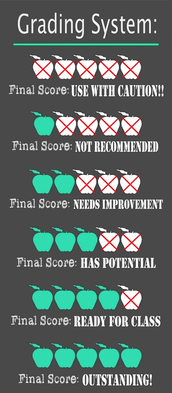



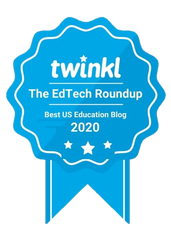
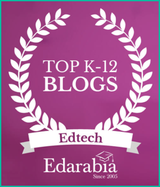
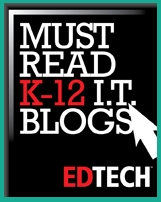

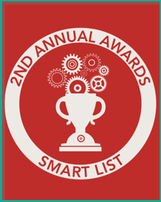
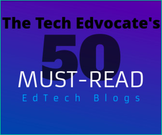

 RSS Feed
RSS Feed
